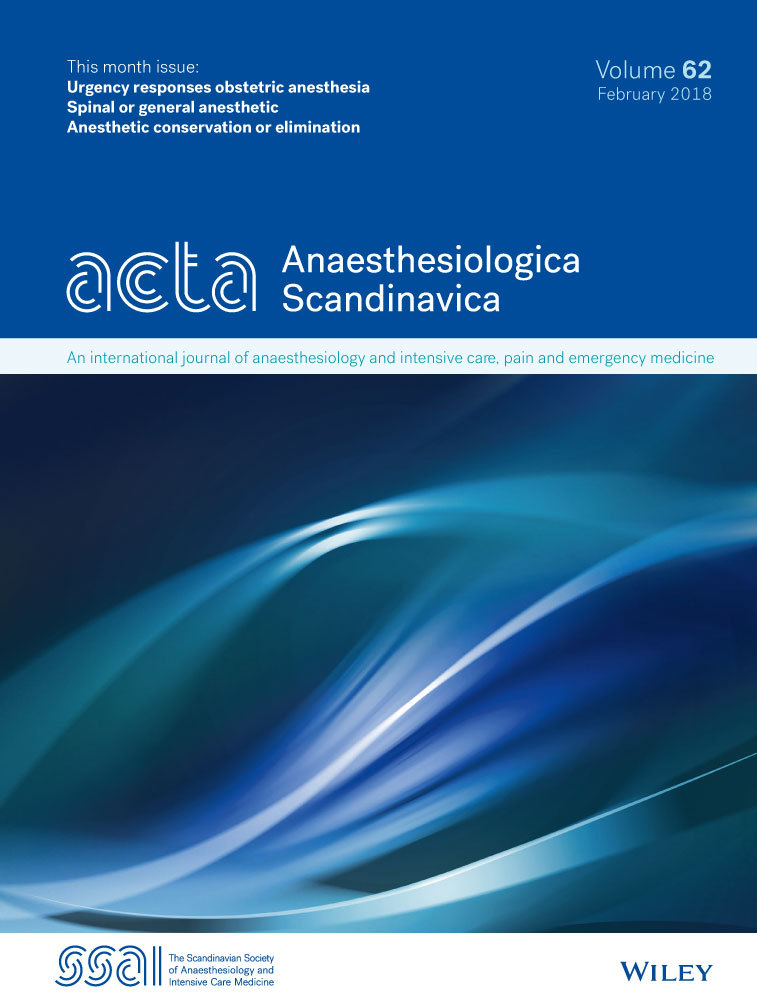Prediction of bleeding and thrombosis by standard biochemical coagulation variables in haematological intensive care patients
Conflicts of interests
The authors declare no conflicts of interest.
Funding
No funding was received for preparing this work. The Department of Intensive Care, Rigshospitalet receives support for research from CSL Behring, Ferring Pharmaceuticals and Fresenius Kabi, but the authors would like to emphasize that the support has not been used as contribution to this study.
Abstract
Purpose
We assessed the value of standard biochemical coagulation parameters in predicting bleeding, thrombosis and mortality in adult Intensive Care Unit (ICU) patients with haematological malignancies.
Methods
We screened all patients with acute leukaemia and myelodysplastic syndrome admitted to a university hospital ICU during 2008–2012. Data were obtained from the clinical chemistry laboratory database and patient files. We graded bleeding according to the World Health Organisation (WHO)-system within 24-h, within 5-days and during the whole ICU stay. We analysed the predictive values of laboratory parameters using multiple logistic regression and receiver operator characteristics (ROC) curves. As we previously have established that platelet count at admission was associated with bleeding, we focused on International Normalised Ratio (INR), activated pro-thrombin time (APTT), anti-thrombin, D-dimer and fibrinogen, and markers of infection (C-reactive protein, pro-calcitonin), kidney function (creatinine) and tissue damage (lactate dehydrogenase (LDH)).
Results
We included 116 patients; 66 (57%) had at least one bleeding episode and 11 (9%) patients had at least one thrombotic event. The differences in coagulation values when bleeding compared to baseline values were minor. INR was the only variable we found associated with subsequent bleeding within 24 h from admission to ICU (odds ratio 2.91, 95% CI: 1.01–8.43, P = 0.048). ROC analyses did not show predictive value of any of the other variables with regards to bleeding and none of the variables were associated with thrombosis in adjusted analyses. Increased levels of LDH at admission were associated with increased 7-day and 30-day mortality.
Conclusions
Increased INR at admission was associated with a higher rate of bleeding in ICU patients with haematological malignancies. No other biochemical coagulation or other parameter had any association with bleeding, thrombosis or mortality except increased LDH, which at ICU admission was associated with increased 30-day mortality.




